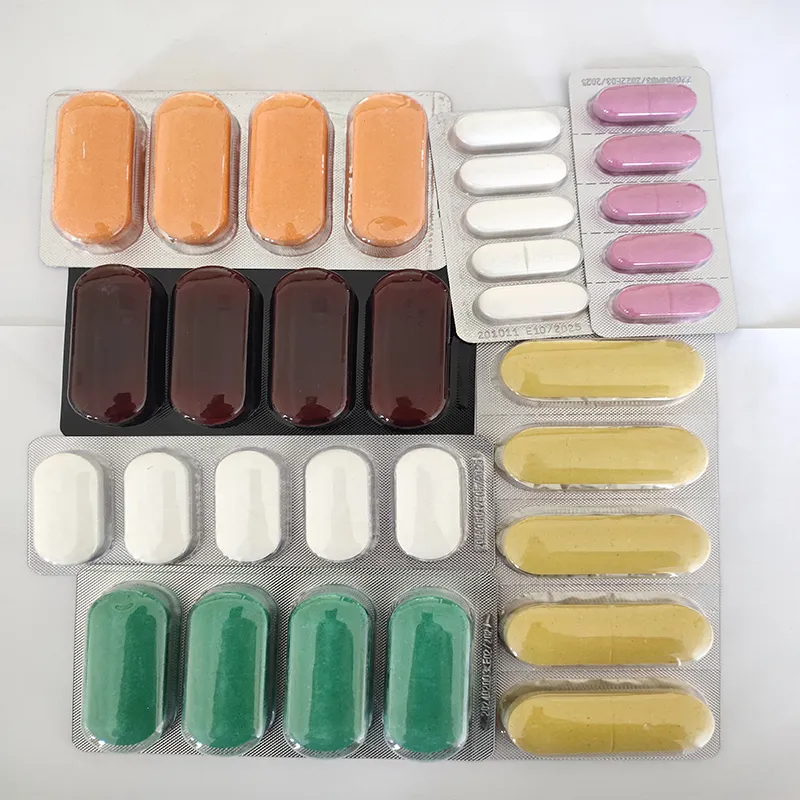- Afrikaans
- Albanian
- Amharic
- Arabic
- Armenian
- Azerbaijani
- Basque
- Belarusian
- Bengali
- Bosnian
- Bulgarian
- Catalan
- Cebuano
- Corsican
- Croatian
- Czech
- Danish
- Dutch
- English
- Esperanto
- Estonian
- Finnish
- French
- Frisian
- Galician
- Georgian
- German
- Greek
- Gujarati
- Haitian Creole
- hausa
- hawaiian
- Hebrew
- Hindi
- Miao
- Hungarian
- Icelandic
- igbo
- Indonesian
- irish
- Italian
- Japanese
- Javanese
- Kannada
- kazakh
- Khmer
- Rwandese
- Korean
- Kurdish
- Kyrgyz
- Lao
- Latin
- Latvian
- Lithuanian
- Luxembourgish
- Macedonian
- Malgashi
- Malay
- Malayalam
- Maltese
- Maori
- Marathi
- Mongolian
- Myanmar
- Nepali
- Norwegian
- Norwegian
- Occitan
- Pashto
- Persian
- Polish
- Portuguese
- Punjabi
- Romanian
- Russian
- Samoan
- Scottish Gaelic
- Serbian
- Sesotho
- Shona
- Sindhi
- Sinhala
- Slovak
- Slovenian
- Somali
- Spanish
- Sundanese
- Swahili
- Swedish
- Tagalog
- Tajik
- Tamil
- Tatar
- Telugu
- Thai
- Turkish
- Turkmen
- Ukrainian
- Urdu
- Uighur
- Uzbek
- Vietnamese
- Welsh
- Bantu
- Yiddish
- Yoruba
- Zulu
نويابىر . 05, 2024 16:46 Back to list
oxfendazole with oxyclozanide veterinary oral suspension
Oxfenbendazole with Oxyclozanide Veterinary Oral Suspension An Effective Solution for Animal Health
The management of parasitic infections in veterinary medicine is critical for the health and productivity of livestock and companion animals. Among the various anthelmintics available, the combination of oxfenbendazole and oxyclozanide in an oral suspension formulation has emerged as a potent therapeutic option. This article explores the significance, mechanism of action, benefits, and application of this combined treatment in veterinary practice.
Understanding the Components
Oxfenbendazole is a broad-spectrum benzimidazole anthelmintic that is particularly effective against a range of gastrointestinal nematodes and cestodes. It functions by disrupting the microtubule formation in parasites, effectively inhibiting their growth and reproduction. This action leads to the eventual elimination of parasites from the host.
Oxyclozanide, on the other hand, is a salicylanilide compound that exhibits strong efficacy against trematodes, especially liver flukes. Its mechanism involves the inhibition of various metabolic processes in the parasite, leading to its death. The combination of these two agents enhances the overall efficacy of the treatment, targeting multiple classes of parasites that may affect the host animal.
The Importance of Combination Therapy
Using a combination of anthelmintics has several advantages. First, it offers a broader spectrum of activity, which is particularly beneficial in mixed infections. Many animals harbor multiple types of parasites, and a single-agent treatment may not be sufficient to address the entire parasitic burden. The oxfenbendazole and oxyclozanide combination ensures that both nematodes and trematodes are effectively targeted.
Second, combination therapy helps to reduce the risk of developing resistance. Parasite populations can develop resistance to specific drugs, making treatment increasingly difficult. By using an effective combination, the likelihood of resistance development is minimized, as parasites are targeted by different mechanisms of action.
oxfendazole with oxyclozanide veterinary oral suspension

Clinical Application and Administration
The oral suspension formulation of oxfenbendazole with oxyclozanide is designed for ease of administration in various animal species, including cattle, sheep, goats, and even dogs
. The liquid form allows for accurate dosing, which is essential for achieving therapeutic efficacy while minimizing the risk of under-treatment or toxicity.Veterinarians typically assess the specific parasitic challenges faced by an animal or a herd before prescribing this treatment. Accurate diagnosis and identification of the type of parasites involved are crucial for effective management. In many cases, veterinarians will perform fecal examinations to determine the presence of specific parasites before initiating treatment.
Safety and Efficacy
Safety profiles of both oxfenbendazole and oxyclozanide have been well-established through extensive research and field trials. When administered at recommended doses, the combined suspension is generally well-tolerated by animals, with minimal side effects. This makes it a preferred choice among veterinarians for treating parasitic infections.
In clinical studies, the combination has shown high success rates in resolving infections, leading to improved animal health and productivity. For example, in livestock, effective parasitic control can result in better weight gain, increased milk production, and overall enhanced welfare.
Conclusion
The combination of oxfenbendazole and oxyclozanide in a veterinary oral suspension represents a significant advancement in the fight against parasitic infections in animals. Its broad-spectrum activity, favorable safety profile, ease of administration, and effectiveness make it a valuable tool in veterinary practice. As the landscape of parasitic diseases evolves, such innovative therapies will play a crucial role in ensuring the health and productivity of animals, ultimately contributing to the sustainability of the livestock industry. Through continual research and practical applications, veterinarians can better safeguard animal health and manage parasitic threats effectively.
-
Guide to Oxytetracycline Injection
NewsMar.27,2025
-
Guide to Colistin Sulphate
NewsMar.27,2025
-
Gentamicin Sulfate: Uses, Price, And Key Information
NewsMar.27,2025
-
Enrofloxacin Injection: Uses, Price, And Supplier Information
NewsMar.27,2025
-
Dexamethasone Sodium Phosphate Injection: Uses, Price, And Key Information
NewsMar.27,2025
-
Albendazole Tablet: Uses, Dosage, Cost, And Key Information
NewsMar.27,2025













